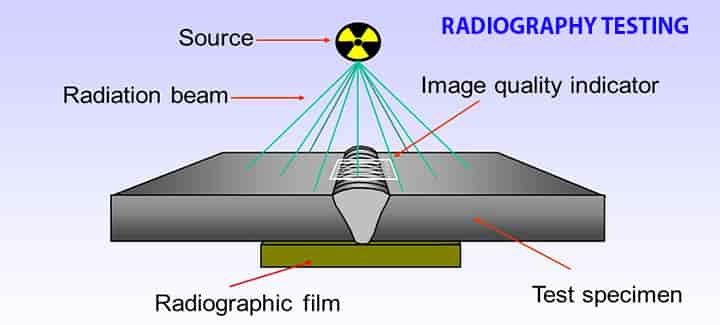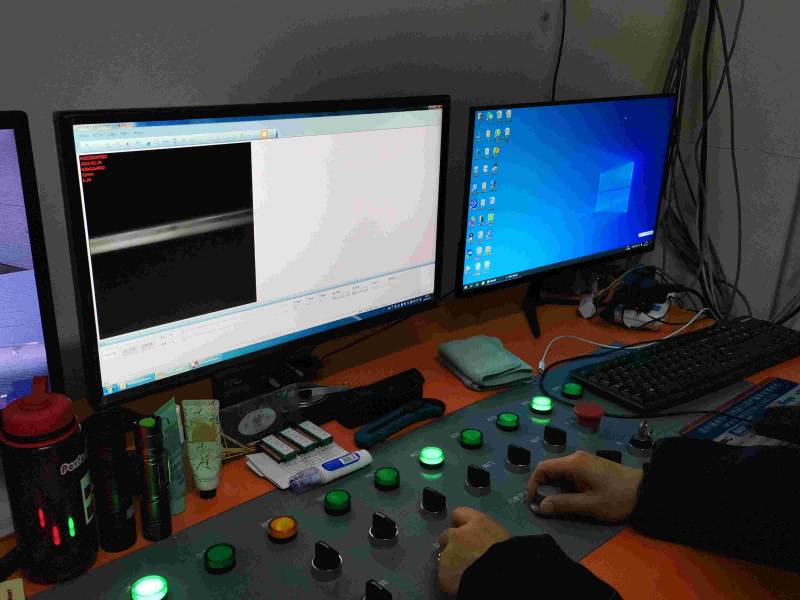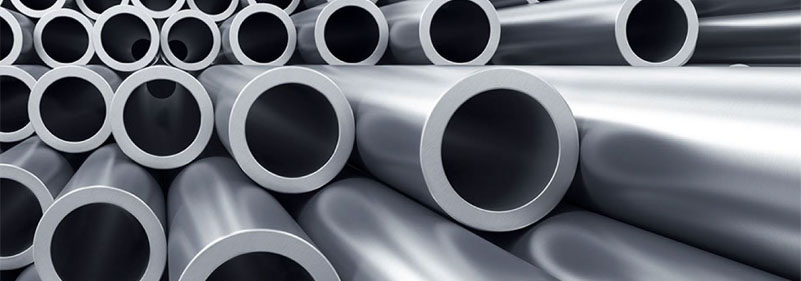The most widely used NDT: Radiographic Testing
Radiographic testing (RT). Radiography (RT) is a nondestructive testing method that uses X-ray or g-ray to penetrate the test piece and film as the equipment for recording information. This method is the most basic and widely used non-destructive testing method.
Principle of Radiographic Inspection Method:
The ray can penetrate the material that cannot be penetrated by the naked eye to make the film sensitive. When X-ray or r-ray irradiates the film, like ordinary light, it can make the silver halide in the film emulsion layer produce a latent image. Due to the different absorption coefficient of rays by substances with different densities, the ray energy irradiating all parts of the film will also be different, so the defects can be judged according to the blackness difference of all parts of the negative film after dark room processing.

Characteristics of Radiography:
a. The visual image of defects can be obtained, which is qualitative and accurate, and the quantification of length, width and size is also accurate;
b. The test results are directly recorded and can be kept for a long time;
c. The detection rate of volumetric defects (porosity, slag inclusion, tungsten inclusion, burn through, undercut, weld bead, pit, etc.) is very high. For area defects (incomplete penetration, incomplete fusion, crack, etc.), if the camera angle is not appropriate, it is easy to miss the inspection;
d. It is suitable to inspect thin workpieces rather than thick workpieces, because the inspection of thick workpieces requires high-energy ray equipment, and its inspection sensitivity will decrease with the increase of thickness;
e. It is suitable to inspect butt welds, but not fillet welds, plates, bars, forgings, etc;
f. It is difficult to determine the position and size (height) of the defect in the thickness direction of the workpiece;
g. High detection cost and slow speed;

In general, RT is characterized by more accurate characterization, visual images for long-term preservation, relatively high overall cost, and radiation is harmful to human body, so the inspection speed will be slow.

 English
English 中 文
中 文 Español
Español Português
Português Deutsch
Deutsch Türk
Türk Pусский
Pусский عربي
عربي 한국인
한국인 日本語
日本語
